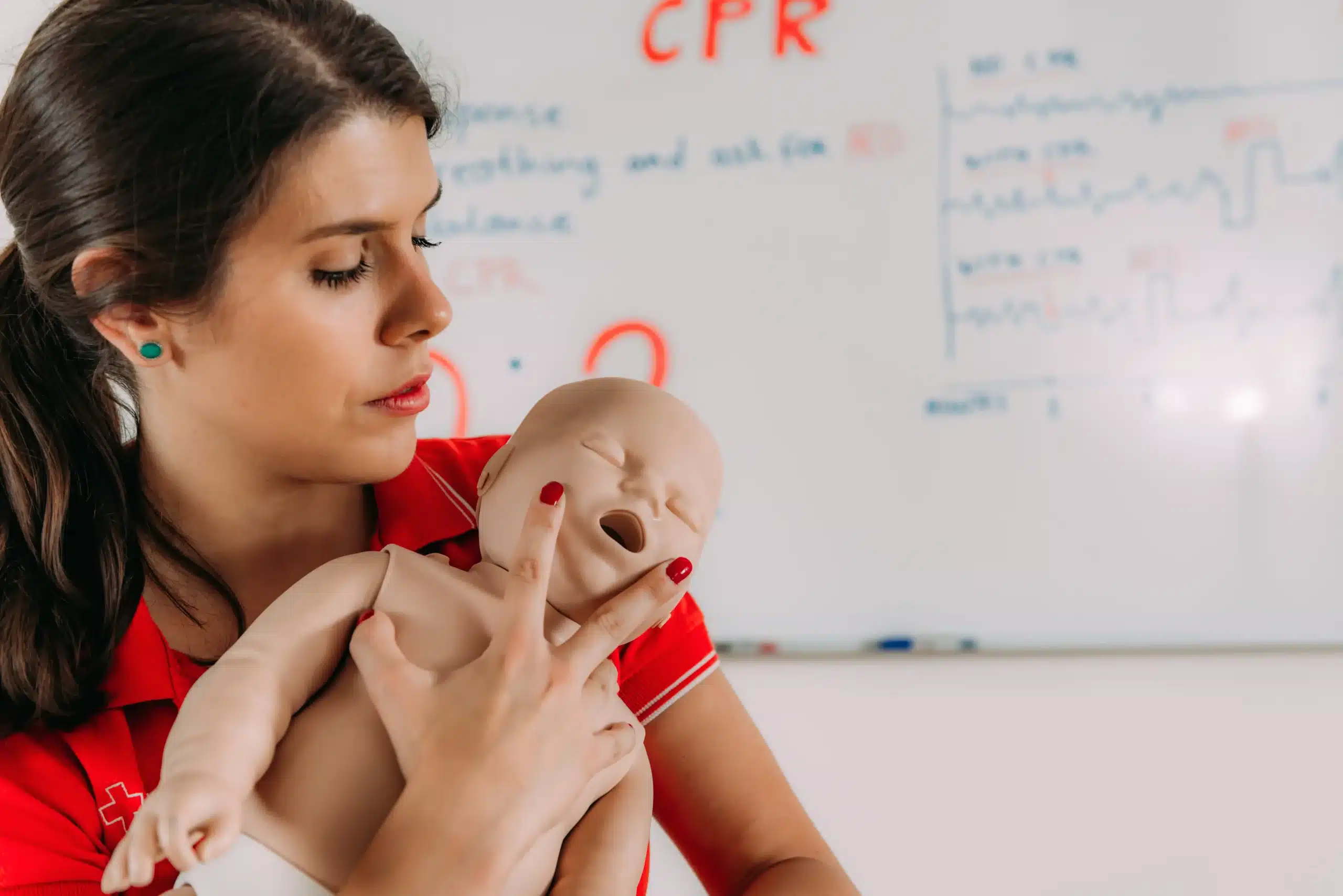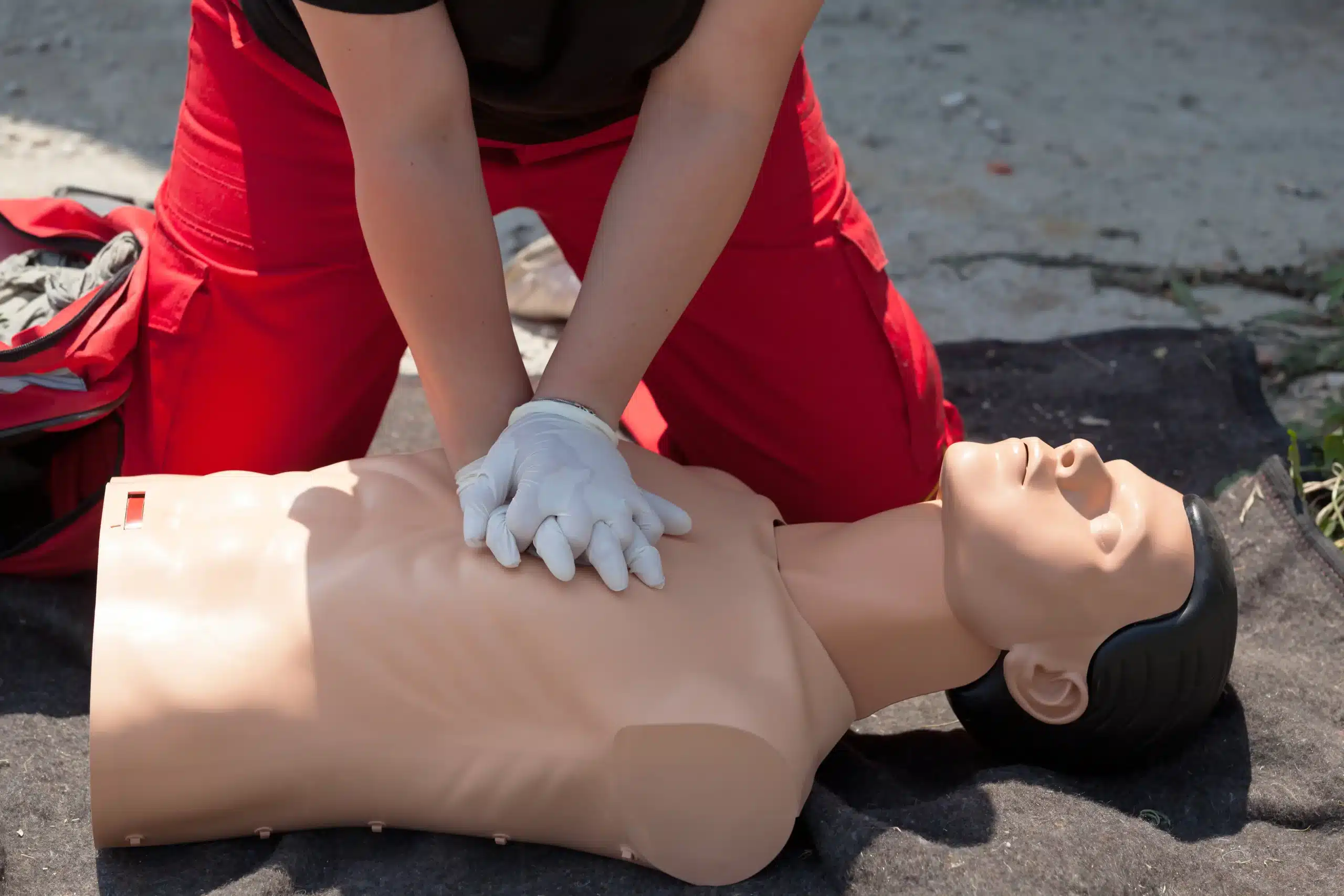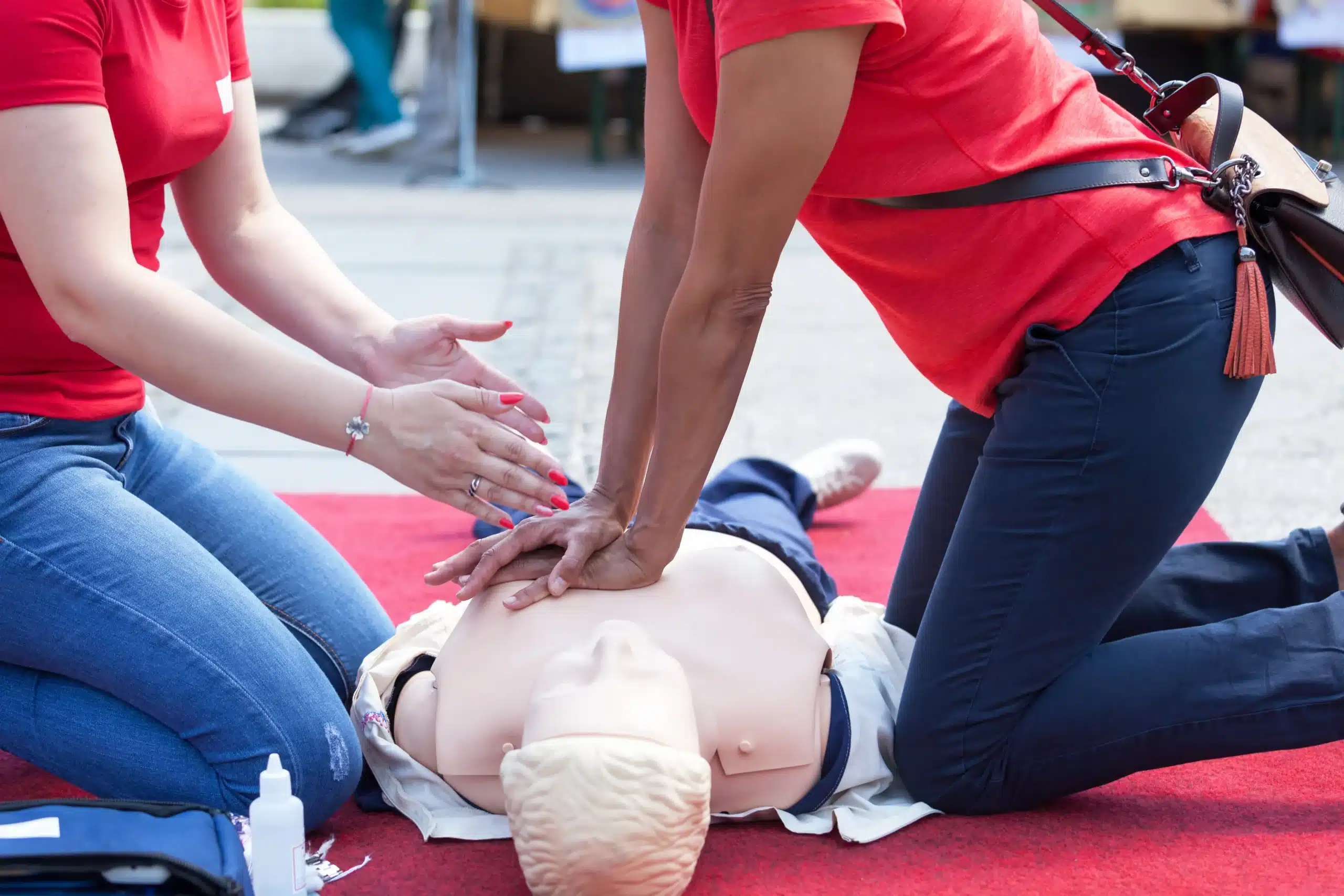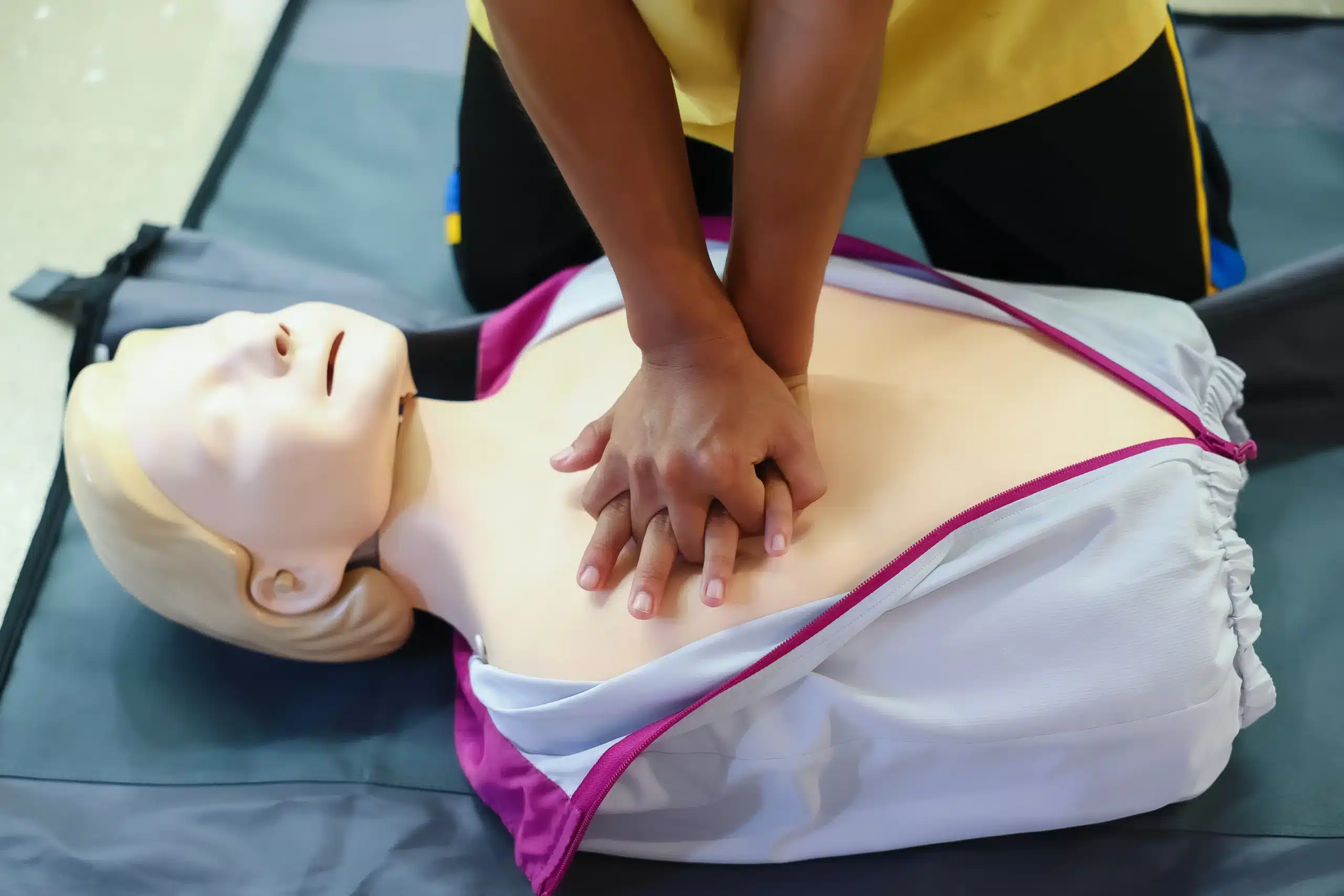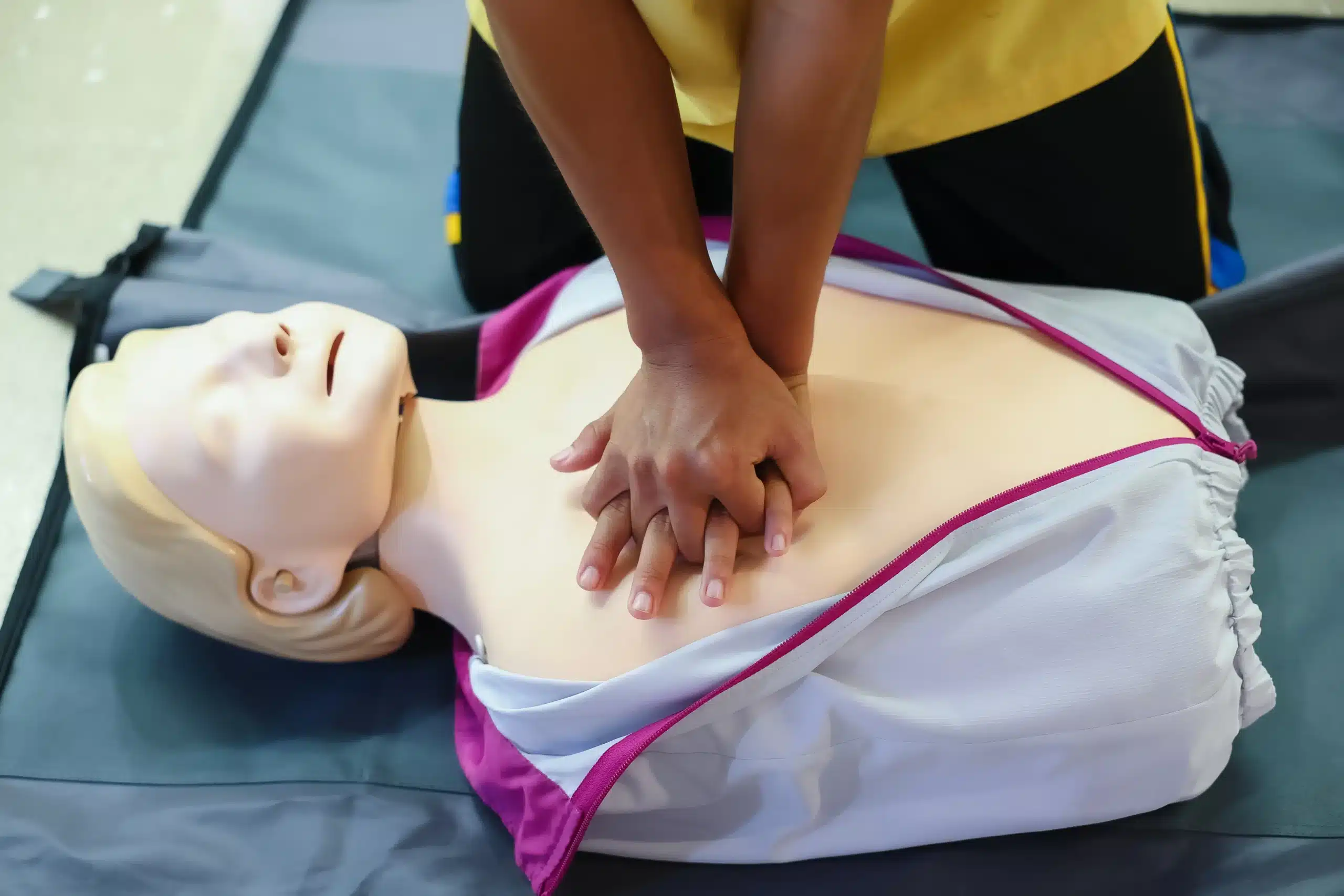Choosing the right CPR certification is a crucial first step in becoming equipped to handle emergencies. Two of the most recognized organizations offering CPR training are the American Red Cross (ARC) and the American Heart Association (AHA). While both provide valuable instruction, understanding their distinct approaches can help you determine which certification best suits your individual needs. This article addresses the frequent question, “which is better american red cross or american heart association,” offering a comprehensive comparison to guide your decision-making process. We’ll explore the core curriculum of each program, highlighting any variations in course content and teaching methodologies. Whether you’re a healthcare provider, a community member, or an educator, understanding these differences will empower you to select the certification that aligns with your professional goals and learning preferences. We’ll also discuss the practical aspects of each certification, including cost, duration, and recertification requirements, ensuring you have a complete picture before making your choice.
Key Takeaways
- AHA certification is often preferred for healthcare professionals: If you’re pursuing a career in a medical setting, an AHA certification might be a stronger asset. ARC certifications are widely accepted, but AHA tends to be the standard in healthcare.
- Choose a course format that fits your learning style and schedule: Both organizations offer various learning options, including in-person, online, and blended learning. Consider what works best for your lifestyle and learning preferences.
- Confirm certification requirements with your employer: Whether you’re in healthcare or another field, checking your employer’s preferred certification can save you time and money in the long run. This simple step ensures your training meets their specific requirements.
What’s the Difference Between ARC and AHA CPR Training?
Choosing the right CPR certification can feel a little overwhelming. Two big names often come up: the American Red Cross (ARC) and the American Heart Association (AHA). Both offer excellent programs, but understanding their differences can help you choose the best fit.
ARC vs. AHA: A Quick Overview
Both ARC and AHA offer various CPR courses designed for everyone from everyday people to healthcare professionals. So, whether you’re a parent wanting to be prepared for emergencies, a teacher needing certification for your job, or a doctor seeking advanced training, both organizations have options. The core skills taught are very similar, focusing on high-quality chest compressions, rescue breaths, and recognizing the signs of a cardiac emergency. At Safety Training Seminars, we are an AHA Training Center, offering the most up-to-date AHA-aligned courses. You can find more information on our BLS course page.
Courses and Specializations: How They Compare
While both organizations provide comprehensive training, there are some key differences. The AHA often leans toward more in-depth training, especially for healthcare providers, delving into advanced medical protocols and complex scenarios. These certifications are frequently required in hospital settings and for specific medical professions. The Red Cross offers a broader range of courses suitable for both professionals and community members, with a strong emphasis on preparing individuals to respond effectively in various emergency situations. Our San Jose training center offers a convenient location for those seeking local certification.
Debunking ARC and AHA Training Myths
There are a few common misconceptions about CPR training that often discourage people from getting certified. One myth is that CPR is difficult to learn (source). In reality, both ARC and AHA courses are designed to be straightforward and accessible, breaking down the steps into manageable skills. Another myth is that you need to be certified to perform CPR. While formal certification ensures you’re properly trained, if you find yourself in an emergency, providing any assistance is better than none. Finally, some believe CPR is only for heart attacks. CPR is crucial when someone’s breathing or heartbeat has stopped, including near-drowning incidents or other medical emergencies. We also offer an RQI program for healthcare professionals looking to maintain their skills. Additionally, California childcare providers can find resources and training information on our EMSA Health and Safety page. We offer a low price guarantee, so you can be confident you’re getting the best value for your training. Check out our FAQ page for more details.
Is My Certification Accepted?
One of the most common questions about CPR training is whether employers accept both American Red Cross (ARC) and American Heart Association (AHA) certifications. The short answer? It depends. Let’s break down what you need to know.
What Healthcare Employers Look For
In healthcare settings, AHA certification is often preferred. Many healthcare employers view AHA certifications as more comprehensive, especially regarding advanced medical protocols. This isn’t to say ARC certifications aren’t valuable—they’re widely respected—but the AHA’s focus on healthcare providers often makes it a better fit for these roles. If you’re aiming for a career in a hospital, clinic, or other medical environment, AHA training may give you an advantage. For those local to the San Jose area, consider our BLS courses in San Jose.
Recognition Outside Healthcare
Outside of healthcare, both ARC and AHA offer excellent training programs. The American Red Cross provides versatile training suitable for various professionals and community members, while the AHA leans toward healthcare specifics. So, if you’re lifeguarding, teaching, coaching, or simply want to be prepared for emergencies, either certification is usually a great option. Many workplaces outside the medical field accept both. Even childcare providers in California can benefit from our EMSA-approved health and safety training, which covers crucial topics like lead poisoning prevention.
Meeting Your Employer’s Requirements
The best way to ensure your certification is accepted is to check directly with your employer or future employer. Acceptance varies, and some organizations may have specific requirements. Checking their preferences beforehand saves you the time and potential cost of getting re-certified later. If you’re unsure who to contact, your HR department or a hiring manager can point you in the right direction. For those pursuing certification for personal reasons, rather than for employment, either ARC or AHA will equip you with the skills to respond confidently in an emergency. And with our low price guarantee, you can be confident you’re getting quality training at a competitive price.
Finding the Right Training Format
When it comes to CPR training, one size doesn’t fit all. Think about your learning style, schedule, and budget as you explore the different options available. Both the American Heart Association (AHA) and the American Red Cross offer various formats, so you can find the best fit for your needs.
In-Person, Online, or Both?
The traditional route for CPR training is in-person instruction. This hands-on approach allows for direct interaction with instructors, real-time feedback, and practice with equipment. It’s a great option for those who thrive in a structured, classroom setting and value face-to-face learning. Both the AHA and Red Cross offer in-person CPR training. If you prefer learning at your own pace, online courses might be a better fit. These courses typically involve interactive modules, videos, and assessments that you can complete from anywhere with an internet connection.
Blended Learning Options
For those who want the best of both worlds, blended learning programs combine online instruction with in-person skills sessions. You can work through the course material online at your convenience and then attend a shorter, hands-on session to practice your skills and receive personalized feedback from an instructor. This format offers flexibility while still providing the essential hands-on component of CPR training. Blended learning is a popular option for busy professionals and those who appreciate a mix of independent study and guided practice.
Course Length and Scheduling
The time commitment for CPR training varies depending on the course type and level of certification. Basic CPR courses can often be completed in a single day, while more advanced certifications may require multiple sessions. Check with your chosen training provider for specific course durations and schedules. Costs also vary, so it’s wise to compare pricing and explore any available discounts or group rates. You can often find this pricing information directly on the training provider’s website. Remember, investing in CPR training is an investment in your ability to save a life.
Getting and Keeping Your Certification
Once you’ve decided on a certifying body, you’ll want to know what’s required to earn and maintain your certification. Here’s what you should know about passing scores, certification length, and recertification processes.
What Score Do I Need to Pass?
The American Heart Association (AHA) and the American Red Cross (ARC) have different passing score requirements. The AHA requires a slightly higher passing score of 84%, while the Red Cross requires an 80%. Don’t let this small difference sway your decision. Both organizations provide the resources you need to prepare for your exam. Our instructors at Safety Training Seminars are also here to support you.
How Long Does My Certification Last?
The duration of your CPR certification depends on the certifying organization. AHA certifications are valid for two years. Most Red Cross certifications are valid for one year, meaning more frequent recertification. Consider your schedule and how often you’re willing to recertify when making your decision. If you’d benefit from more frequent refreshers, a shorter certification period might be a good fit.
How Do I Recertify?
The recertification process is straightforward with both organizations. There isn’t a specific AHA renewal course. Instead, you simply enroll in another BLS certification course with a training provider. The Red Cross offers a similar process, allowing you to retake the same certification course when your current certification nears its expiration date. We offer various courses at Safety Training Seminars to help you recertify.
Choosing Between ARC and AHA
So, you’ve decided to get CPR certified—fantastic! Now, you might be wondering which certifying organization to choose: the American Red Cross (ARC) or the American Heart Association (AHA)? Both offer excellent training programs, but understanding the subtle differences can help you make the best choice for your situation.
What Are Your Professional Needs?
First, consider your career goals. AHA certification is often a requirement for healthcare professionals. If you’re a nurse, EMT, or other healthcare provider, check with your employer to see which certification they prefer. While both ARC and AHA certifications are widely accepted, the AHA’s strong focus on evidence-based research and treatment protocols makes it a popular choice in medical settings. Our San Jose CPR Certification courses are all AHA-certified, aligning with the needs of many local healthcare providers.
What Kind of Learner Are You?
Think about your learning style. The ARC often incorporates more hands-on simulations and scenario-based learning, which can be great for those who learn best by doing. The AHA typically takes a more structured, didactic approach, diving deep into the science behind CPR. Consider which style resonates more with you.
Cost, Time, and Your Budget
Both ARC and AHA courses have comparable costs, but it’s always wise to compare specific course fees in your area. Check our course calendar for pricing on our AHA-certified courses in San Jose. We also offer a low price guarantee. Also, consider the time commitment involved. Course lengths can vary, so choose a format that fits your schedule.
Aligning Certification with Your Career
Finally, think long-term. While both organizations offer valuable training, the AHA’s emphasis on the latest research and comprehensive curriculum may be particularly beneficial for healthcare providers or those aspiring to work in healthcare. If you’re looking to advance your career in the medical field, an AHA certification can be a valuable asset. If you’re unsure which path to take, feel free to reach out—we’re happy to help you find the right fit.
Related Articles
- American Heart Association Training in San Jose – San Jose CPR Classes
- ACLS Courses San Jose: Your Complete Guide – San Jose CPR Classes
- ACLS Renewal in San Jose: Find the Right Course – San Jose CPR Classes
- CPR Certification San Jose: Your Complete Guide – San Jose CPR Classes
Frequently Asked Questions
Is CPR certification required for my job? Many healthcare jobs and other professions, such as teaching or coaching, require CPR certification. It’s always best to check with your employer or licensing board to confirm their specific requirements. Even if it’s not mandatory, having CPR training can be a valuable asset in any profession.
Which certification is better, ARC or AHA? Both ARC and AHA offer high-quality CPR training programs. The best choice depends on your individual needs and career goals. AHA certifications are often preferred in healthcare settings, while ARC certifications are widely accepted in other fields. Consider your learning style and professional goals when making your decision.
How long does it take to get CPR certified? The time commitment for CPR training varies depending on the course type and format. Basic CPR courses can often be completed in a single day, while more advanced certifications might require multiple sessions. Online, blended, and in-person options are available to fit different schedules.
How much does CPR training cost? The cost of CPR training varies depending on the provider, course type, and location. Check with different training centers in your area to compare prices. Safety Training Seminars offers a low price guarantee, ensuring you receive high-quality training at a competitive rate.
What if my CPR certification expires? CPR certifications typically expire after one or two years, depending on the certifying organization. You’ll need to recertify to maintain your credentials. The recertification process usually involves taking a refresher course, either online or in person.


